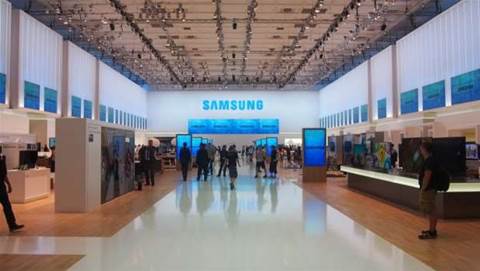The chipmaker will present a number of papers at the conference, covering subjects such as wireless technology, graphics for mobile devices, and what Intel calls "a new era of scaling for SoC".
"Intel is trying to support emerging markets for light and mobile devices with smart SoCs," said Intel senior fellow Mark Bohr.
He explained that current Intel processors already integrate many components that would have been separate 20 years ago, and that this trend is set to continue. Intel sees SoC as the way forward for small mobile devices such as netbooks, laptops and mobile internet devices, Bohr said.
Several papers at ISSCC will cover developments in digital radios, including a technique Intel has developed to suppress unwanted interference from other circuits, enabling such radios to be integrated into future processor chips, including SoCs.
Intel has previously discussed how digital radios could be reconfigured in software to support almost any wireless communications standard that is required.
Krishnamurthy Soumyanath, director of communications circuits research at Intel, said that such digital radios will be "part of the SoC for many emerging markets".
Applications could include wireless displays, synchronising data and next-generation wireless LANs.
A further paper will cover a low-power scalable single instruction, multiple data (SIMD) accelerator that Intel also expects will be integrated into future SoCs to boost multimedia handling.
SIMD already features in Intel's existing processors, but the new design is 80 times more energy efficient than current implementations and can operate at voltages down to 0.23v, according to Intel.
"Without SIMD, you can only process a single pixel at a time, whereas SIMD can handle many pixels at once. We want to bring these benefits to highly mobile devices," said Soumyanath.
However, these technologies are still at an early stage of development. When asked when they might appear in production SoCs, Soumyanath said, "At a guess, it would be in three to five years' time."
Other papers will cover developments in Intel's current processor lines, such as the eight-core Nehalem EX server chip, the Nehalem architecture itself, the six-core Dunnington Xeon, and aspects of the forthcoming Tukwila chip in Intel's Itanium family.
Intel details technologies for future mobile devices
By
Daniel Robinson
on
Feb 6, 2009 6:37AM

Intel is to detail technologies it is developing for mobile devices at next week's International Solid State Circuits Conference (ISSCC), including system-on-a-chip (SoC) processors with integrated digital radios and better hardware acceleration for multimedia.
Got a news tip for our journalists? Share it with us anonymously here.
























